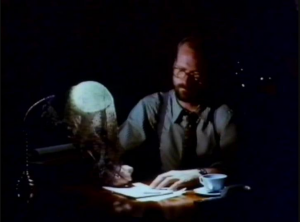
The first book in our reading list for the States, Bodies and Epidemics class is Albert Camus’ famous (1947) novel “The Plague,” originally written in French and titled “La Peste”. This novel is a classic of European literature and represents a major literary work in the existentialist tradition, which considers the human experience of life to be fundamentally absurd.
The novel tells the story of an outbreak of bubonic plague in Oran, Algeria through the eyes of a physican named Dr. Rieux. Camus’ characters are archetypes, meaning they represent uniquely human responses to epidemics. They each present a particular form of moral or physical weakness or strength, yet their fate is always somewhat arbitrary. You can read The Plague free of cost through the Internet Archive here.
The Plague ends with a reminder that the disease never fully goes away, but merely hides or bides its time before sending out the rats to die again “in a happy city.”
Check out this video of me below responding to student questions and comments about the book.
We also watched the 1992 film adaptation of the novel, which sets the events of The Plague in Oran, Argentina, instead of the original Algeria. The film stars William Hurt as Dr. Rieux and the late great Raúl Juliá as Cottard.
Here’s a video of me answering questions and responding to comments from students about the film.
Have you also read this book or seen the movie? Let us know what you think in the comments below.
